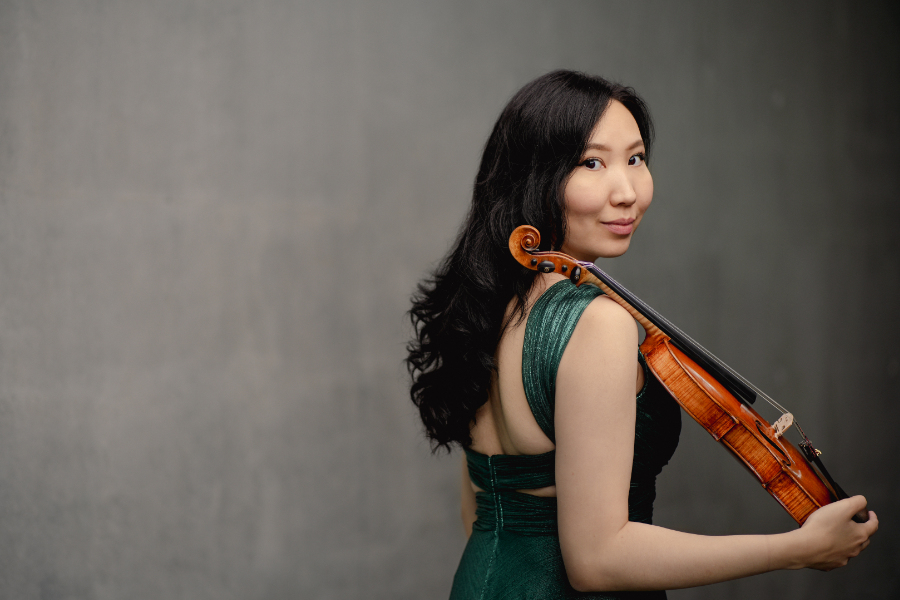During the concert concluding this year’s NFM Orchestra Academy, NFM instrumentalists and participants of two orchestra academies – from the NFM and Staatskapelle Berlin will be led by Jong-Jie Yin, winner of the 11th International Grzegorz Fitelberg Competition for Conductors. Meruert Karmenova, winner of the 2nd prize at the 16th International Henryk Wieniawski Violin Competition, will perform as soloist. She will play a violin concerto by Wieniawski. The programme also features Bolero by Maurice Ravel and compositions by George Gershwin and Henryk Wars.
George Gershwin’s most famous compositions include Rhapsody in Blue, Piano Concerto in F major and An American in Paris. The Cuban Overture, which will begin this concert, can be heard not as often. It is a colourful and brilliantly orchestrated piece, created in 1932 as a result of Gershwin’s two-week stay in Havana. He used themes he heard in Cuba, as well as rhythms and instruments with which he became acquainted at that time. Then we will hear Violin Concerto No. 2 in D minor, one of Henryk Wieniawski’s most popular compositions. It was first heard in 1862 in Saint Petersburg. It is an atmospheric work that fully illustrates the composer’s melodic talent. The first movement, full of anxiety, is followed by a melancholic slow movement, followed by a lively and temperamental finale, in which Wieniawski used gypsy motifs that were fashionable in the Romantic era.
After the break, the artists will perform the City Sketches suite. Its author, Henryk Wars, was a Polish composer, pianist and conductor of Jewish origin. Before World War II, he composed popular songs and film music. Then he settled in Los Angeles and started cooperation with Hollywood film studios. However, he did not stop writing music intended for concert performances. An example of such a work is the colorful suite City Sketches, written in the early 1950s.
The concert will end with Maurice Ravel’s Bolero. This is Ravel’s most famous composition. You can find references to its Basque origin – it is a stylisation of Spanish dance. Reputedly, during the premiere one of the audience members said that the composer must have lost his mind when writing such a work, which Ravel allegedly responded with one word: “understood.” We have no evidence that this actually happened. Even if this happened, the reason was definitely not the level of complexity of the piece, because Bolero is very simple. The rhythm of the accompaniment does not change at all, and the melody is simply played by different instruments and their various combinations –louder and louder, until a powerful culmination with involving the entire orchestra.
Honorary patronage of Mr Martin Kremer, Consul General of Germany in Wrocław.
Preparation and production of the Wrocław joint concert of participants of the NFM Orchestra Academy and Orchesterakademie Staatskapelle Berlin.
Co-financed by the Foundation for Polish-German Cooperation.
The participation of the Staatskapelle Berlin Orchestra Academy attendees is possible thanks to the support of the Berlin Senate Chancellery



